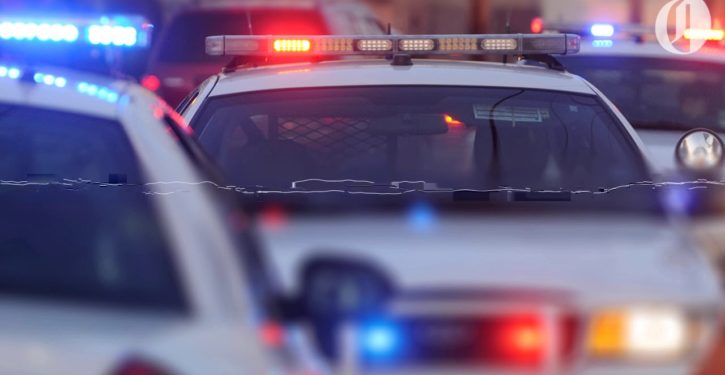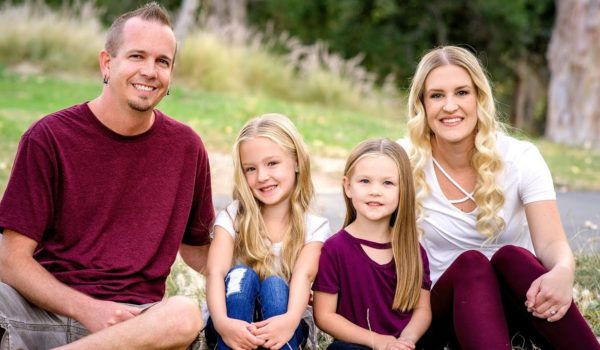
About the Tyre Nichols killing, at least four things are true. First, the behavior of the police strongly argues – again – for police reform. Second, what happened to Nichols is, fortunately, extremely rare. Third, today’s corporate media won’t report the context needed to promote appropriate reform. And fourth, our federal, state and local political systems will – again – prove incompetent to effectuate reform and largely uninterested in it.
The full facts about the killing of Tyre Nichols aren’t yet public, so the following comes with the caveat that my thoughts on it may change if they do.
Still, what we know is that a 29-year-old black man, Tyre Nichols, was beaten to death on the night of January 7 by five heavily-armed black Memphis police officers. Nichols looks to have been a hard-working, productive member of society and a father. If he has a police record, no one’s yet mentioned it. If he had committed any serious wrongdoing that night, no one’s mentioned that either. Plus, he was unarmed.
In short, as far as we can see now, under no imaginable construction of events, did Tyre Nichols have to be beaten or die. But he was. The officers’ violent behavior captured on the videos of the event looks entirely unnecessary to the situation. I doubt they intended to kill him, but beating him was far beyond anything required.
So it’s appropriate that all five have been fired and charged with second-degree murder. Whether those charges will hold up for all the officers, I can’t possibly guess, but the fact-finding process of the criminal justice system and the arbitration of their firings will tell us what we need to know. For now, the Memphis PD and prosecutors have done the right thing. It’s right in part because the video evidence amply supports both the firings and the prosecutions. And it’s right because other officers need to see that they’re not free to abuse the public secure in the knowledge that they’ll never suffer real consequences for doing so.
It is that – real consequences for the use of excessive force – that must be the centerpiece of reform. Watching the video of Derek Chauvin snuffing the life out of George Floyd, I couldn’t help but notice the face of a man who hadn’t a care in the world, not the slightest concern that any adverse consequence might ensue from his actions, regardless of their results. And why not? Despite a lengthy record of civilian complaints and the use of excessive force, Chauvin had never been disciplined by Minneapolis PD in any meaningful way.
Likewise, the five Memphis officers betrayed no hint that they thought their behavior could meet with discipline. Throughout their attack on Nichols, not one of the five suggested restraint or tried to intervene. After they’d bludgeoned Nichols comatose, they stood around chatting, seemingly unconcerned despite wearing functioning body cams. They knew their superiors would view the video feed and apparently assumed their shocking behavior would get a pass.
They, like Chauvin, had ample reason to make that assumption. That’s because under 65% of police departments have so-called “early warning” systems in place to identify, retrain and, if necessary, fire officers with a record of using excessive force, despite a U.S. Civil Rights Commission recommendation in 1981(!) that every big-city department have one. Plus, the majority of those 65% are shams. They exist mostly so that police forces can say (and say in court) that they’re serious about weeding out the “bad apples,” while continuing with business as usual.
Real early warning systems are spectacularly successful. So, for example, according to one study,
In Miami–Dade, only 4 percent of the early warning cohort had zero use-of-force reports prior to intervention; following intervention, 50 percent had zero use-of-force reports.
Cities like New Orleans and Minneapolis (long before the Floyd killing) also showed striking success with their early warning systems.
Were the five Memphis PD officers who killed Tyre Nichols “bad apples?” Four of them had disciplinary records, but how those compare with other officers’ has not yet been made public.
Now for some perspective. First, police killings of civilians are fairly rare. There are about 60 million interactions between the police and the public each year and each year those result in between 900 – 1000 fatal shootings by police. In 2019, according to a database maintained by the Washington Post, there were 999 of those, of which 424 of the victims were white and 253 black, 24 of the unarmed victims were white and 12 black. A 2018 study of police departments in Arizona, Louisiana and North Carolina found that police used any kind of force during an arrest under 1% of the time.
In short, despite the eagerness of the press and progressive opinion-makers to present the police as a continuing danger to civilians, especially blacks, their use of force in any case, and particularly against unarmed civilians, is rare. The disgraceful and unnecessary killing of Tyre Nichols horrifies all decent people, but it must not be used to justify sweeping policies like defunding the police. The solution is simple enough: monitoring of officers’ behavior and meaningful discipline, including discharge and, if appropriate, criminal charges are needed to improve police behavior and police-community relations.
Here’s what’s also simple: Nichols’ killing occurred over a month ago and so far the press has failed to call for the type of effective reform we’ve known to be necessary at least since 1981. Simple too is the fact that elective office-holders will continue to grandstand on the issue while ignoring actual reform, leaving bad cops on the street and giving the rest a bad name.
So it goes and so it will continue.


